8. Close Encounters of the Third Kind
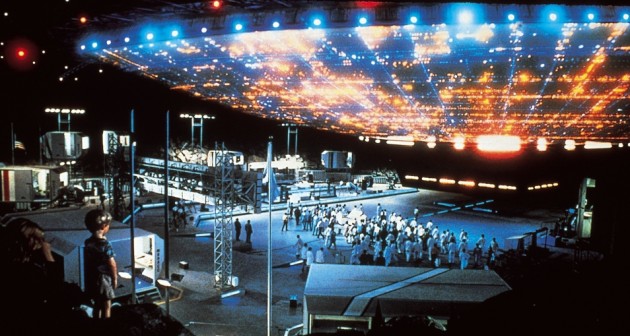
Steve Spielberg has of course dabbled in science fiction many times and they are almost always visually stunning, from the bleakness of Minority Report to the emotional beauty of E.T, But perhaps his most stunning is Close Encounters of the Third Kind. At one point, effects supervisor Douglas Trumbell joked that they could make an entirely different movie with the money they had spent on visual effects alone, but it was more than worth it.
If there is only thing that those visuals capture, it is the sheer awe and wonder of humans encountering life beyond our planet. From the mundane and almost monotonous suburban life, we witness an extravagance of dazzling images that provide enlightenment and inspire disbelief. Even the scenes without spaceships seem to have an odd splendour to them, filling the screen with a rich texture of ordinary life, only to completely put it into proportion with the scale of Spielberg’s alien encounter.
7. Gravity
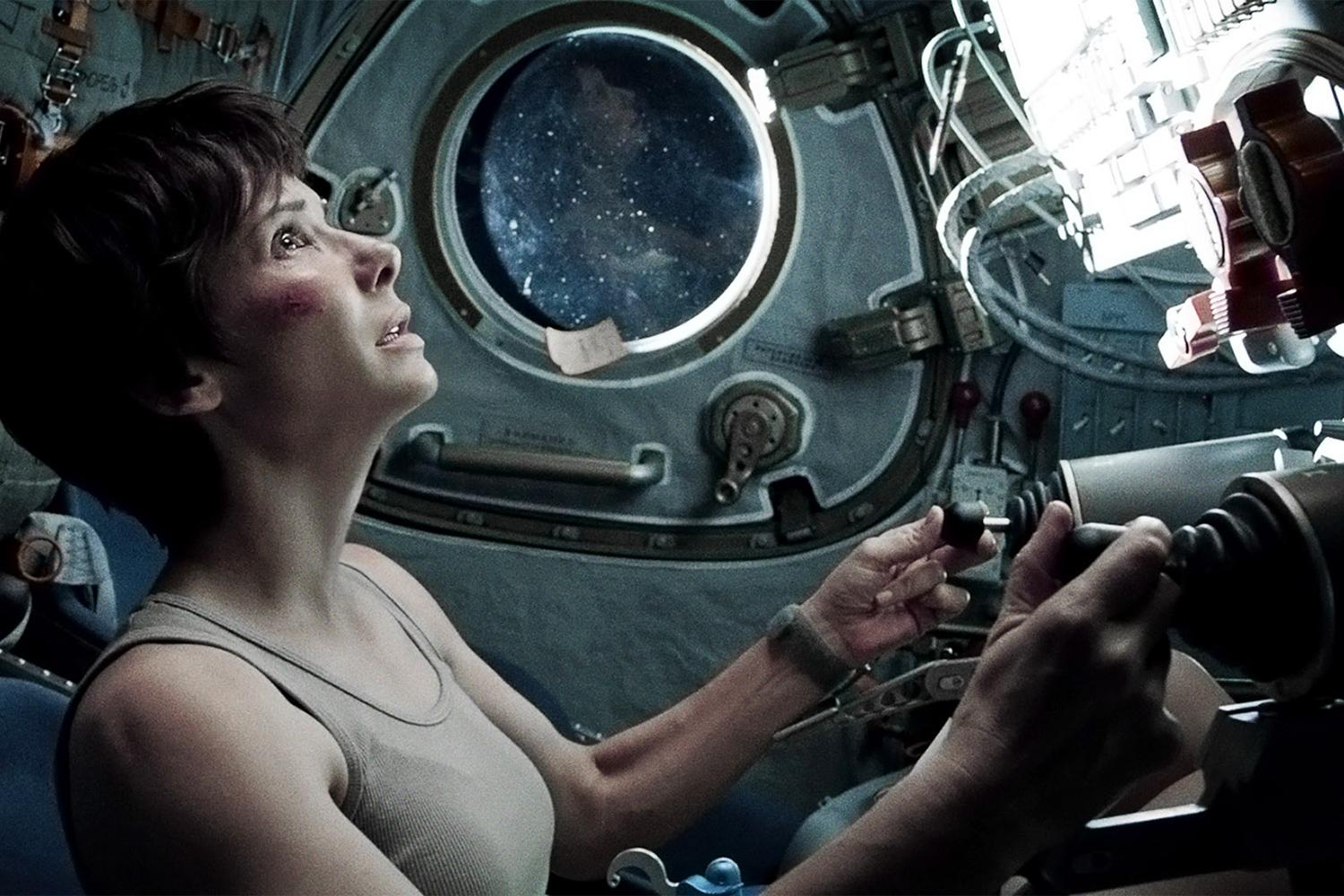
From capturing the vast nothingness of space to the delicate nature of earth and its place in the universe, the visuals in Gravity do not set a single foot wrong. By compositing real actors into digital sets and taking advantage of a massive previsualisation effort, Alfonso Cuaron and his legion of special effects wizards created what could be the most technically impressive film of this decade.
What is especially remarkable about Gravity is its use of light, many of the critics of CGI will state that its biggest flaw is the way it casts and effects light around the set, not distorting it in the same way a real object would. The team behind Gravity calculated the exact light characteristics of the space the astronauts were supposed to be floating in, then projected it onto their actors faces to perfectly replicate real world scenarios. The end result is one of stunning brilliance and breath taking magnitude.
6. Children of Men
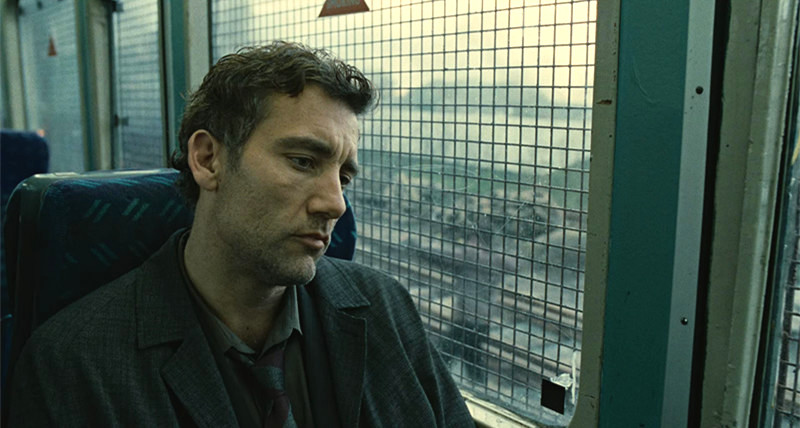
Sometimes bleakness can be beautiful, and in this case it comes in the form of Alfonso Cuaron’s dystopian masterpiece. Through his directorial genius and visual desolation, Children of Men depicted a stunning vision of the future. Cinematographer Emmanuel Lubezki (who recently won an Oscar for his work on Birdman) crafted a contemporary and futuristic appearance as well as envisioning various themes of hope, redemption and faith as well as a society locked in constant upheaval.
What is even more remarkable is how Cuaron aligned these sombre visuals with the exhilarating action. His blend of long shots and ground level angles only exaggerates the grit of taut nature of his story to craft one of sorrow and hope simultaneously, a near perfect portrait of a disintegrating culture fraught with a sense of paranoia and insecurity.
5. Solaris
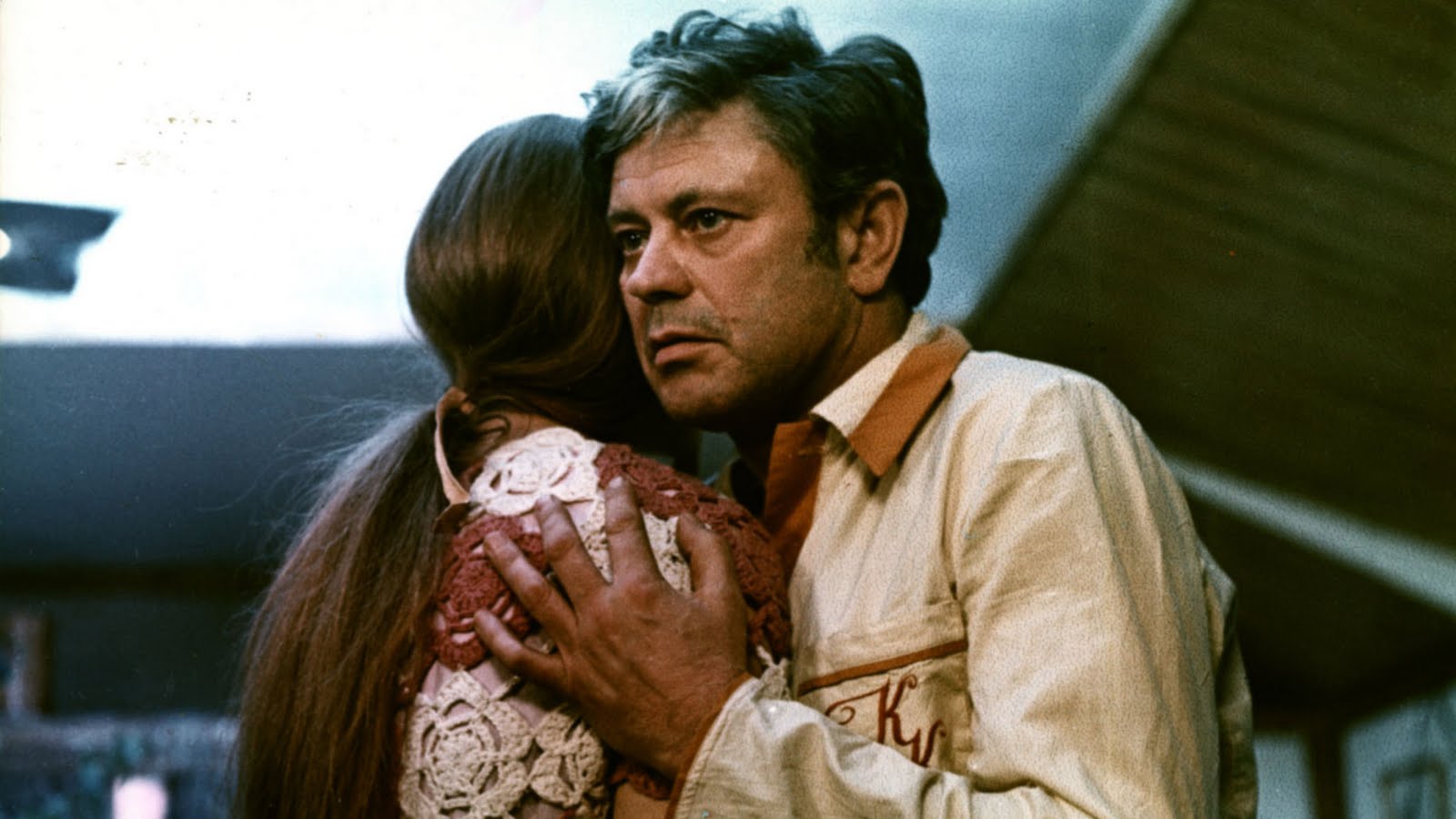
Andrei Tarkovsky’s response to 2001: A Space Odyssey was far from the polished spectacle that Kubrick created, but in some ways it may actually be just as visually compelling. Unlike the clinical approach of most science fiction filmmakers, the Russian director was adamant to capture a look of humanity and its search for itself, an atmosphere that reflected the exploration of the characters’ tumultuous emotions rather than vast expanses of space.
Whether by chance, artistic vision or circumstance, the look of the film was a bold statement on its themes and nature just as much as the existential atmosphere of 2001. For Tarkovsky (who actually disliked a large majority of the genre), it was about capturing the emotional torment of each person, and the fact that it was partially filmed in black and white for budget reasons exaggerated the fragile nature of their psyche.
4. Metropolis

Fritz Lang’s silent masterpiece also happens to be one of the most technically innovative films of all time. I would say that it doesn’t look like much by today’s standards, but actually it does.
Even today the gothic cathedrals and huge cityscapes are a work of brilliance and the fact that it is part of the German Expressionist movement and therefore steeped in emotive and impassioned set pieces only makes it more remarkable. That is a good thing as at the time it was by a long way the most expensive movie ever made at five million Reichsmarks.
The special effects were pioneering in their visual trickery, from hanging cameras over miniature sets and even deploying the use of mirrors to place the actors within those sets. Furthermore, there is a clear aggressive nature behind the look of the film, as if Lang himself is screaming at us to see the social metaphor behind it all, wanting us to notice the connections between our world and this one, where as technology advances the social structure crumbles beneath it.
3. Stalker
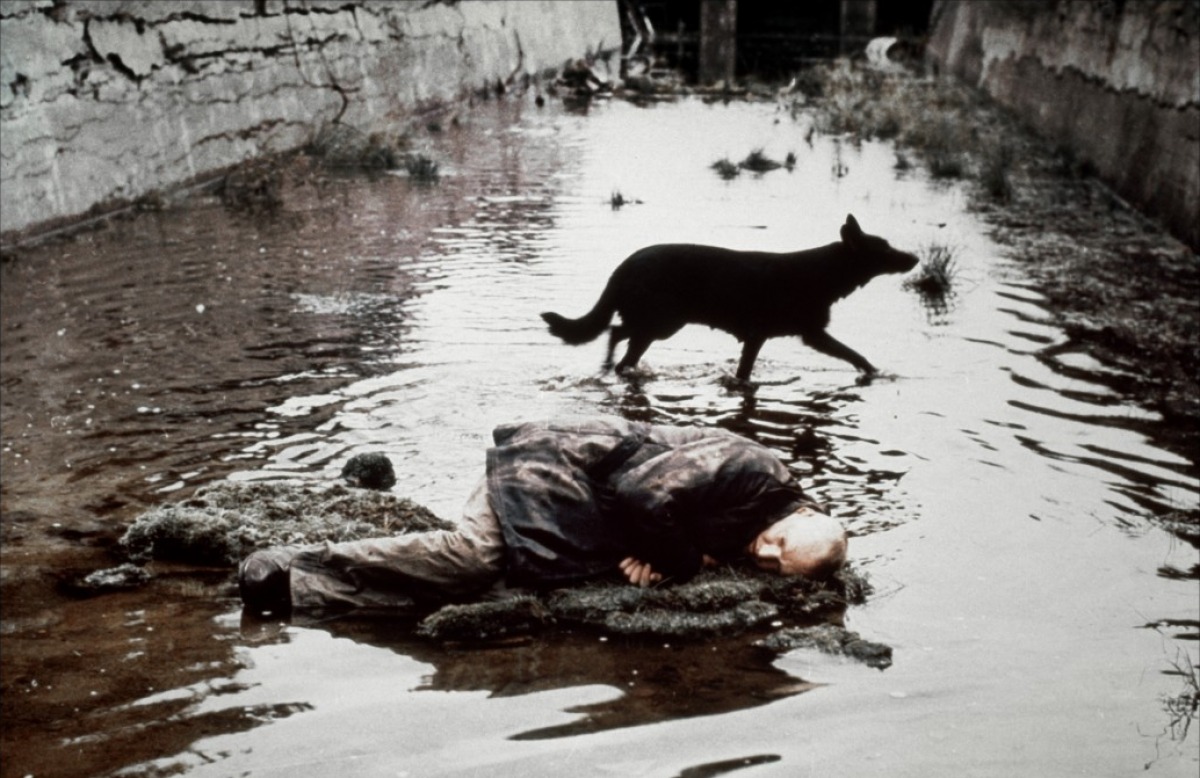
Another Tarkovsky masterpiece that uses an eerie and sweeping grandeur to make it unsettlingly attractive. By taking advantage of slow and thoughtful camera movements, the director crafted a sense of darkness and despair that yet again resonated so strongly with the emotions taking place within the film that their amalgamation can only be called magnificent.
For this science fiction film, it is about tracing the darkness of humanity’s own soul rather than the darkness of anything that may lie beyond the stars. Stalker, like Solaris, is about mankind’s exploration of itself and in another similarity, he uses a cheaper and less clinical tone to establish that atmosphere to generate a more unnerving viewpoint that inspires an unsettling and ultimately stunning aesthetic.
2. Blade Runner
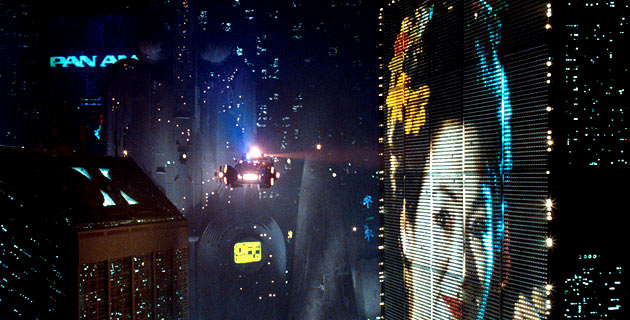
Frome film noir, to Greek philosophy and even the Bible, there are few things that the visuals of Blade Runner have not been compared to. It is not hard to see why though, the visuals alone tell such a vast and impressive story.
Ridley Scott set out to establish how technology can effect a society by reaching into the past and drawing inspiration from pretty much every style that sprang to mind. The contrast between man and machine is also clearly visible from the high tech set pieces to the low and gritty dystopia that the characters inhabit, it is all designed with a purpose to raise questions on humanity and mortality.
Then there are those huge sweeping cityscape shots to the smaller and more intricately based set pieces. Everything from the giant advertisements that dominate the view from the ground level of Los Angeles appears utterly astonishing, but in those smaller scenes Scott allowed his visual style to display the emotions of the characters, their fears, hopes and dreams. They come together to make a visually remarkable and achingly human masterpiece of science fiction that is simply spectacular.
1. 2001: A Space Odyssey
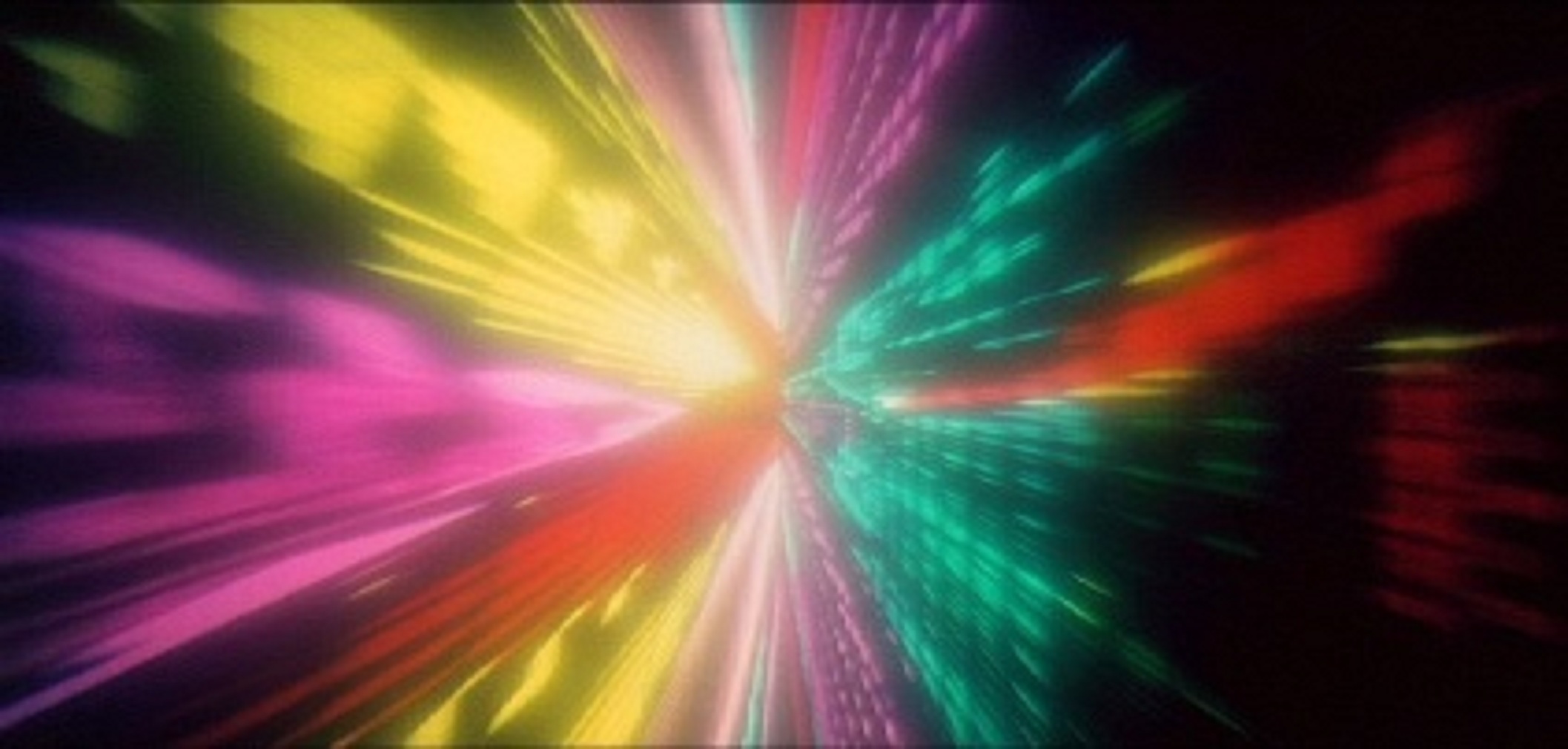
Just look at that amazing star gate sequence near the conclusion of Stanley Kubrick’s epic tale of exploration, space travel and mankind itself, and then try to deny that 2001 is not only the most visually stunning science fiction movie of all time, but perhaps the most visually stunning movie of all time, period. There is not a single frame of the film that is not exquisitely shot, faultlessly designed, immaculately lit and beautifully composed.
Their use of symmetrical compositions and central framing allowed Kubrick and cinematographer Geoffrey Unsworth to craft images of pure visual poetry. With so little dialogue in 2001, focusing primarily on the visual experiences, had the images been any less impressive, the film might have been at risk of falling through.
However the awe inspiring nature of Kubrick’s vision is unlike anything else before or since, chronicling the origins of mankind to their ascension to a higher form of consciousness with every image being one of a masterful and astonishing gorgeousness.
Author Bio: Joshua Price considers himself more of a fan that happens to write near insane ramblings on movies and directors like Scorsese, Spielberg, Fellini, Kubrick and Lumet rather than an actual critic and other insane ramblings can be found at criticalfilmsuk.blogspot.co.uk.